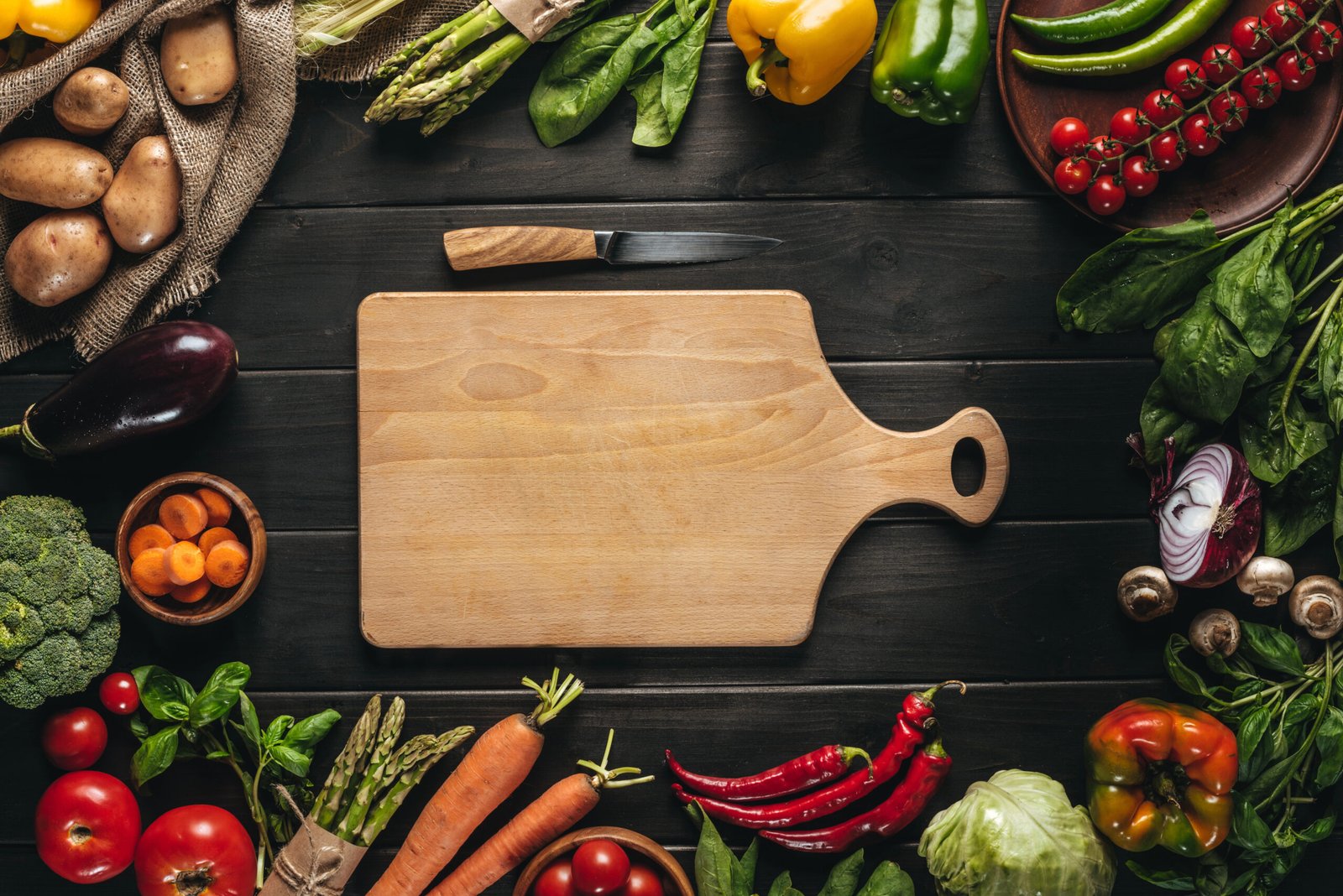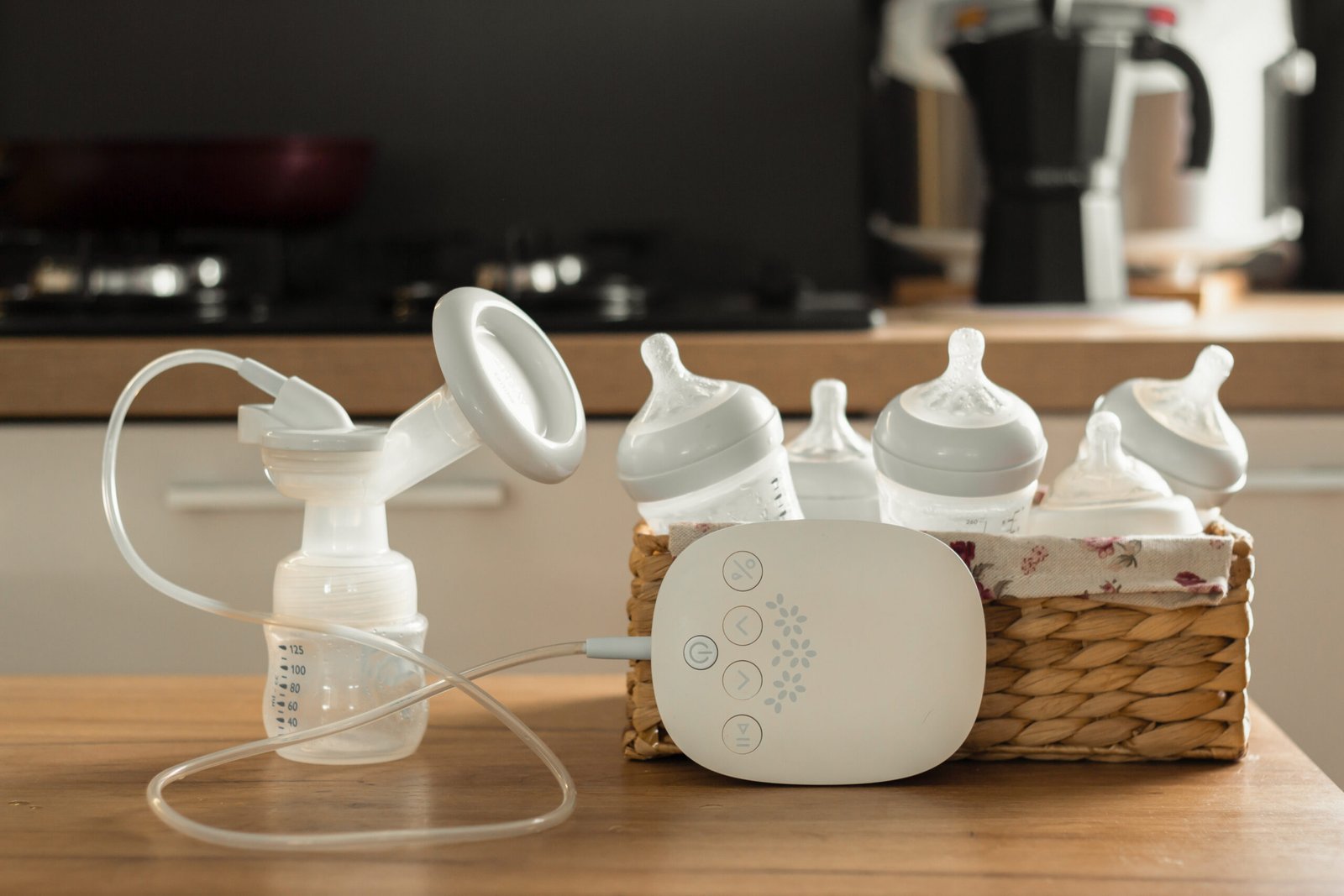In the journey of parenthood, few decisions feel as important as what to feed your baby. The debate between organic and conventional baby foods has grown increasingly prominent, with parents seeking the healthiest options for their little ones. This comprehensive guide explores the differences, benefits, considerations, and latest research on organic versus conventional baby foods as of 2025.

Understanding Organic Certification
What “Organic” Really Means
In the United States, the term “organic” is regulated by the United States Department of Agriculture (USDA) and signifies that a product has been grown or produced according to specific standards that govern:
– Soil quality management: Using natural methods to maintain soil fertility
– Pest and weed control: Avoiding synthetic pesticides and herbicides
– Use of additives: Restricting artificial preservatives, colors, and flavors
– Genetic modification: Prohibiting the use of GMOs (genetically modified organisms)
– Animal raising practices: Ensuring humane treatment and organic feed for animals
Organic Certification Categories
The USDA has established four categories for organic labeling:
1. 100% Organic: Products made entirely from certified organic ingredients
2. Organic: Products with at least 95% certified organic ingredients
3. Made with Organic Ingredients: Products containing at least 70% certified organic ingredients
4. Specific Organic Ingredients: Products with some organic ingredients listed individually
Only the first two categories can display the USDA Organic seal on their packaging.
Key Differences Between Organic and Conventional Baby Foods
Farming Practices
Organic Baby Food:
– Ingredients grown using organic farming methods
– No synthetic pesticides or fertilizers
– Emphasis on soil health through crop rotation and natural fertilizers
– No genetically modified organisms (GMOs)
– Sustainable farming practices that promote biodiversity
Conventional Baby Food:
– May contain ingredients grown with synthetic pesticides and fertilizers
– May include GMO ingredients
– Conventional farming practices focused on yield and efficiency
– Less emphasis on sustainable farming methods
Ingredients and Additives
Organic Baby Food:
– No artificial preservatives, colors, or flavors
– No synthetic additives
– No artificial sweeteners
– Limited processing to maintain nutritional integrity
Conventional Baby Food:
– May contain artificial preservatives to extend shelf life
– May include artificial colors and flavors
– May contain added sugars or artificial sweeteners
– Often more heavily processed
Nutritional Content
Organic Baby Food:
– Some studies suggest higher levels of certain antioxidants
– Potentially higher levels of beneficial compounds due to natural growing conditions
– Nutrient content may vary based on soil quality and farming practices
Conventional Baby Food:
– Generally comparable macro and micronutrient profiles to organic options
– Standardized nutrient content due to controlled growing conditions
– May have lower levels of certain antioxidants and beneficial plant compounds
Benefits of Choosing Organic Baby Food
Reduced Exposure to Pesticides
One of the most significant benefits of organic baby food is the reduced exposure to pesticide residues. According to the latest research:
– Babies’ developing systems are more vulnerable to potential effects of pesticides
– Organic produce consistently shows lower pesticide residues than conventional produce
– Studies show that switching to an organic diet can quickly and significantly reduce pesticide metabolites in children’s bodies
A 2025 review of multiple studies confirmed that organic diets lead to measurably lower levels of pesticide metabolites in children compared to conventional diets, with differences appearing within days of dietary changes.
Potential Nutritional Advantages
While the nutritional differences between organic and conventional foods continue to be studied, some research indicates potential benefits:
– A comprehensive meta-analysis published in the British Journal of Nutrition found that organic crops have higher concentrations of antioxidants and lower levels of toxic metals compared to conventional crops
– Organic dairy products may contain higher levels of beneficial omega-3 fatty acids and certain vitamins
– The nutritional quality of organic foods may be enhanced by the absence of synthetic pesticides, which can affect plant metabolism
Environmental Sustainability
Choosing organic baby food supports more sustainable farming practices:
– Organic farming promotes soil health and biodiversity
– Reduces water pollution from synthetic fertilizers and pesticides
– Typically has a lower carbon footprint
– Supports ecological balance and wildlife conservation
– Reduces exposure to potentially harmful chemicals for farm workers
Potential Health Benefits
Emerging research suggests possible long-term health benefits associated with organic diets:
– A 2020 review found associations between increased organic food consumption and reduced occurrences of certain health conditions including allergies, ear infections, and metabolic syndrome
– Some studies suggest organic diets may support healthier immune system development
– Reduced exposure to antibiotic-resistant bacteria in animal products
Considerations When Choosing Between Organic and Conventional
Cost Factors
One of the most significant barriers to choosing organic baby food is cost:
– Organic baby foods typically cost 20-100% more than conventional options
– The price difference varies by product type, brand, and location
– The cost gap has narrowed in recent years as organic options become more mainstream
Accessibility and Availability
Availability of organic baby food options varies:
– Urban areas typically offer more organic choices than rural locations
– Major retailers have expanded organic baby food selections significantly since 2020
– Online options have made organic baby food more accessible regardless of location
– Store brands now frequently offer organic lines at lower price points
Practical Approaches for Parents
For parents navigating the organic versus conventional decision, several practical approaches can help:
1. Prioritize Certain Foods for Organic Purchases
The Environmental Working Group (EWG) publishes annual lists of the “Dirty Dozen” (produce with highest pesticide residues) and “Clean Fifteen” (produce with lowest pesticide residues). As of 2025, these include:
Dirty Dozen (consider buying organic):
– Strawberries
– Spinach
– Kale/collard greens
– Nectarines
– Apples
– Grapes
– Bell peppers
– Cherries
– Peaches
– Pears
– Celery
– Tomatoes
Clean Fifteen (conventional may be acceptable):
– Avocados
– Sweet corn
– Pineapple
– Onions
– Papaya
– Sweet peas (frozen)
– Asparagus
– Honeydew melon
– Kiwi
– Cabbage
– Mushrooms
– Cantaloupe
– Mangoes
– Watermelon
– Sweet potatoes
2. Consider Alternative Options
– Frozen organic produce: Often more affordable than fresh
– Local farmers’ markets: May offer produce grown with organic practices (even if not certified)
– Community Supported Agriculture (CSA): Subscription services for local farm products
– Growing your own: Even small container gardens can provide some organic produce
3. Balance Your Approach
– Focus on variety and balance in your baby’s diet
– Consider organic for the foods your baby consumes most frequently
– Remember that a conventional fruit or vegetable is still nutritionally superior to processed foods
Making Homemade vs. Store-Bought Baby Food
Homemade Baby Food
Advantages:
– Complete control over ingredients and quality
– Can choose organic ingredients selectively
– Often more economical
– Greater variety of flavors and textures
– Can introduce family foods earlier
Considerations:
– Requires time for preparation
– Needs proper storage solutions
– Shorter shelf life
– Requires knowledge of safe food preparation for babies
Store-Bought Organic Baby Food
Advantages:
– Convenience
– Consistent quality and safety standards
– Longer shelf life
– Wide variety of options in 2025 market
– Nutritional content clearly labeled
Considerations:
– Higher cost
– Less control over specific ingredients
– May have less texture variety
– Packaging waste
Latest Research and Expert Opinions (2025)
Current Scientific Consensus
The scientific community’s position on organic versus conventional baby food has evolved with more research:
– A 2024 longitudinal study published in JAMA Pediatrics found associations between early-life organic diet and reduced incidence of certain allergies and eczema
– The American Academy of Pediatrics (AAP) acknowledges potential benefits of organic foods in reducing exposure to pesticides but emphasizes that both organic and conventional fruits and vegetables are nutritious and important in children’s diets
– A 2025 review in Environmental Health Perspectives confirmed that organic diets significantly reduce exposure to pesticide residues and antibiotic-resistant bacteria
Expert Recommendations
Pediatric nutrition experts in 2025 generally recommend:
– Prioritizing a varied diet rich in fruits, vegetables, whole grains, and healthy proteins
– Considering organic options when possible, especially for foods on the “Dirty Dozen” list
– Washing all produce thoroughly, whether organic or conventional
– Focusing on overall dietary patterns rather than individual food choices
– Balancing nutritional needs, budget constraints, and environmental considerations
Common Misconceptions About Organic Baby Food
Misconception 1: Organic Baby Food is Completely Pesticide-Free
Reality: Organic farming does allow certain naturally-derived pesticides. While these are generally considered safer than synthetic alternatives, organic does not mean “pesticide-free.”
Misconception 2: Organic Baby Food is Always Nutritionally Superior
Reality: The nutritional differences between organic and conventional foods are often subtle. The overall composition of the diet matters more than whether individual components are organic.
Misconception 3: All Natural or Non-GMO Labels Mean Organic
Reality: Terms like “natural,” “all-natural,” and even “non-GMO” do not mean a product is organic. Only certified organic products meet the comprehensive USDA organic standards.
Misconception 4: Organic Baby Food Contains No Additives
Reality: Organic standards do allow certain additives, though the list is more restricted than for conventional foods. Always check ingredient lists regardless of organic status.
Organic Baby Food Market Trends in 2025
The organic baby food market has evolved significantly in recent years:
– Expanded Options: Major manufacturers and specialty brands have greatly expanded organic baby food offerings
– Innovative Packaging: Eco-friendly packaging solutions have become standard for premium organic brands
– Plant-Based Trends: Plant-based and vegan organic baby food options have grown substantially
– Personalization: Subscription services offering customized organic baby food plans based on developmental stage and preferences
– Transparency: QR codes and blockchain technology allowing parents to trace ingredients from farm to jar
– Functional Ingredients: Incorporation of superfoods and functional ingredients targeting specific developmental needs
Making the Decision: A Balanced Approach
When deciding between organic and conventional baby foods, consider these factors:
1. Your Baby’s Individual Needs
– Consider any allergies, sensitivities, or health conditions
– Focus on foods your baby consumes in largest quantities
– Prioritize variety and nutritional balance
2. Your Family’s Values and Priorities
– Environmental impact
– Support for sustainable farming
– Animal welfare concerns
– Local food systems
3. Practical Considerations
– Budget constraints
– Availability in your area
– Time for food preparation
– Storage capacity
4. A Hybrid Approach
Many families find success with a balanced approach:
– Choosing organic for certain high-priority foods
– Opting for conventional for others
– Making some baby food at home
– Using store-bought options when needed
Conclusion
The choice between organic and conventional baby food is multifaceted, involving considerations of health, environment, accessibility, and cost. While research suggests potential benefits to organic options, particularly in reducing pesticide exposure, both organic and conventional fruits and vegetables provide essential nutrients for your baby’s development.
The most important factor is ensuring your baby receives a varied, nutrient-rich diet that supports their growth and development. Whether you choose all organic, all conventional, or a thoughtful combination of both, focusing on whole foods and a variety of nutrients will set your baby on the path to healthy eating habits.
As with all parenting decisions, being informed about the options allows you to make choices aligned with your family’s unique needs and values. The “best” choice is the one that works for your baby, your family, and your circumstances.
References
1. United States Department of Agriculture (USDA). “Organic Labeling Standards.” 2024.
2. Environmental Working Group. “EWG’s 2025 Shopper’s Guide to Pesticides in Produce.” 2025.
3. American Academy of Pediatrics. “Organic Foods: Health and Environmental Advantages and Disadvantages.” Pediatrics, 2023.
4. British Journal of Nutrition. “Higher antioxidant and lower cadmium concentrations and lower incidence of pesticide residues in organically grown crops: a systematic literature review and meta-analyses.” 2022.
5. JAMA Internal Medicine. “Association of Frequency of Organic Food Consumption With Cancer Risk.” 2023.
6. Huckleberry Care. “Organic vs nonorganic food: Does it matter which I’m feeding my child?” February 2025.
7. Kekoa Foods. “Organic vs. Conventional Baby Food: Understanding the Differences and Benefits.” 2023.
8. Else Nutrition. “Benefits of Organic Baby Food: Why Organic is Best for Your Little One.” June 2024.
9. Environmental Health Perspectives. “Reducing Dietary Exposure to Pesticides for Children: A Randomized Controlled Trial.” 2024.
10. The Baby Food Market in 2025: Trends, Insights, and Key Factors for Parents. LinkedIn, March 2025.



